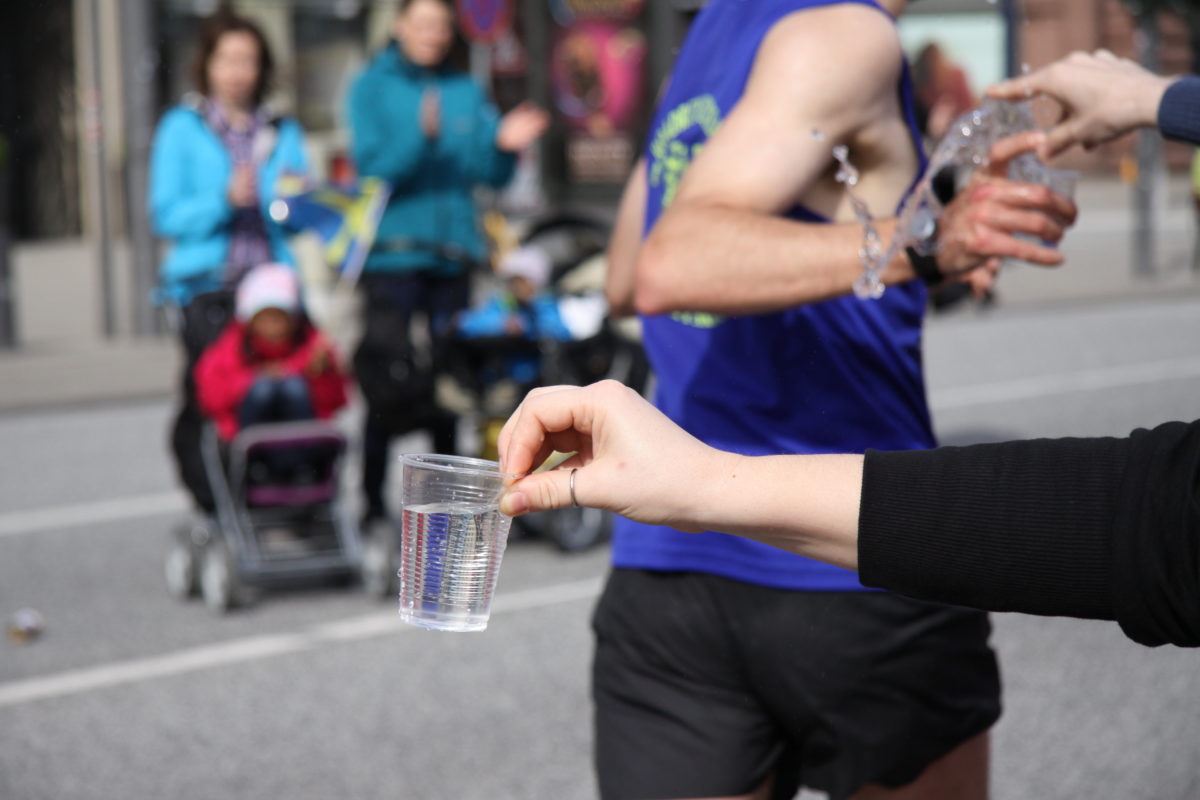Performance during a long physical effort is dependent not only on your training regimen, but also on whether or not you eat right.
When a competition is unsuccessful, for many endurance athletes it is often not the training, the equipment or the mentality that is responsible for the failure, but the wrong diet on the day of the competition. This is because intense sport and digestion are two activities that limit each other, and finding the right balance is crucial.
The body obtains biomechanical energy for muscular activity from two energy sources: fats and carbohydrates. During exercise, the body always burns a mixture of both at the same time. The faster we move, the greater the proportion of carbohydrate in the mixture, because carbohydrate is easier and faster to utilize than fat. When the carbohydrate stores in the body are used up, the athlete feels this with a drop in performance, the so-called hunger pang. It is therefore important not to overdo it during a competition and to regularly supply energy or carbohydrates so that the stores are not emptied too quickly.
Current studies assume a value of around 60-90 grams of carbohydrates per hour of competition. But in what form should the carbohydrates be supplied? That depends on the intensity with which you are on the move. During a leisurely bike tour or hike, the energy can be supplied with solid food (bars, sandwiches, pastries, etc.) without any problems, because the body still has enough capacity to provide some oxygen for digestion.
The situation is different for a long triathlon or ultra run. If the maximum performance is to be called up, all systems that are not directly responsible for muscle activity are cut back as much as possible. If the stomach now also knocks with needs (speak with digestion), the risk is large that stomach problems arise. You get cramps or the stomach simply can not absorb the ingested food. Many athletes complain of feeling unwell after long periods of maximum effort, because the microclimate of the stomach has been severely stressed and upset by the intense effort.
Liquid food is easier to digest
Help is offered by easily digestible liquid food in the form of gels, which supply the body with carbohydrates in the right composition without burdening the stomach. The market offers a huge variety of products – depending on the intensity and duration of the effort. However, there are often individual preferences regarding tolerance, and it is therefore important to test the individual products extensively during exercise in advance.
The biggest uncertainty factor in long races, however, are athletes who enter a long-distance race without a nutritional plan and eat randomly.
Create your personal nutrition script for the planned load and ask yourself: What and how much do I need per hour? What do I take from the aid stations, what do I carry myself? Do I prefer to take the carbohydrates with gels or with sports drinks? If you take the carbohydrates with gels, you should always rinse with water, because the gels are made in a highly concentrated form. For one-day races, a purely liquid diet is entirely feasible; for stage races, solid food should also be added at times.
Checklist nutrition on long distances
- Supply the body well with carbohydrates in the run-up by means of carbo-loading (pasta party, sweet and sports drinks, sweets).
- Clarify exactly the type of catering offered by the organizer. Where will it be served? Is it tolerable?
- In the competition, take 60-90 grams of carbohydrates per race hour. Test all products extensively in training. Do not try new products in the race.
- Define exact intake interval, e.g. by time (every 20 min) or in running by distance (every 4 km).
- Have a plan B ready in case you lose a gel. Where are the aid stations? Pack a reserve if necessary.
- If you have your own food supply, determine the handover point and inform your support.
Text from FITforLIFE– This blog post was provided to us by the Swiss magazine FIT for LIFE. If you want to read regularly informative knowledge articles in the field of running and endurance sports, click here.

